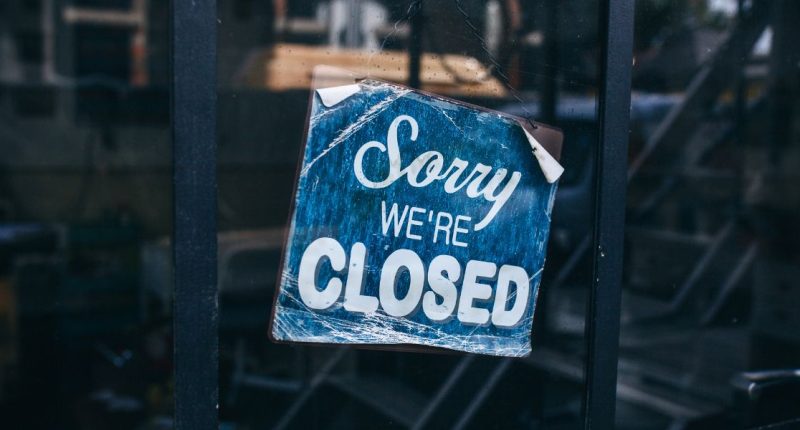Americans’ healthier eating habits at the start of lockdown could be down to the closure of restaurants and cafeterias, researchers have said.
A new study has found that diet quality improved by up to 8.5% and food diversity improved by up to 2.6% as lockdown measures were introduced across different states.
Researchers say their findings give an insight into how Americans might eat in the absence of restaurants.
Co-author Professor Edward Jaenicke, from the College of Agricultural Sciences, said: “When dine-in restaurants closed, our diets got a little more diverse and a little healthier. One post-pandemic lesson is that we now have some evidence that any future shifts away from restaurant expenditures, even those not caused by the pandemic, could improve Americans’ food diversity and healthfulness.”
- Takeaway consumption higher now than before COVID-19 pandemic
- COVID-19 pandemic has triggered cognitive decline in over 50s
- Substantial increase in type 1 diabetes cases in children and teenagers since COVID-19
At the point when COVID-19 hit, Professor Jaenicke and his team were in the middle of a piece of research looking at how people would eat following a major catastrophe, such as nuclear war.
He said: “At first, the most impactful events we could study using actual, real-world data were hurricanes and other natural disasters. But then, along came the COVID-19 pandemic, and we realised that this event was an opportunity to study the closest thing we had to a true global catastrophe.”
The team analysed the grocery shopping habits of just over 41,500 American households both before and after lockdown. As different states shut down at different times, the lockdown period was measured at the point of when schools closed in each state, which tended to coincide with restaurant closures.
Professor Jaenicke explained: “To establish causality, an individual household’s pre- and post-pandemic food purchases were first compared to the same household’s food purchases from one year earlier.
“This way, we controlled for the food-purchasing habits, preferences and idiosyncrasies of individual households.”
The healthiness of diets was measured using the Department of Agriculture’s Thrifty Food Plan, which was produced with the Dietary Guidelines for Americans as a basis.
Researchers found temporary increases in the amount of healthier food purchased in the weeks following lockdown.
This was seen across different demographics, although those on lower incomes, with young children or without a car demonstrated smaller improvements.
Professor Jaenicke said: “During the COVID-19 pandemic, dine-in restaurants closed, schools and school cafeterias closed, and many supermarket shelves were empty. Since about 50% of Americans’ food dollars are spent on ‘away from home’ food from restaurants and cafeterias, the pandemic was a major shock to the food system.”
- Common chemical linked to reduced insulin sensitivity in healthy adults
- Resilient people have improved cognition and healthy gut microbiome
- Plant-based ultra-processed foods linked to poor health outcomes
The research team put forward several possible explanations for the change in eating habits. One could be that restaurant food tends to be less healthy than meals prepared at home, and suddenly people no longer had access to this type of food.
Another explanation could be that people became more health conscious in the face of a global health crisis, which prompted them to make better food choices at the supermarket.
The changes to buying habits could also be down to the disruption to the food supply chain caused by the pandemic, the researchers say, with people trying new foods when familiar products sold out.
Lastly, people having more time to cook meals from scratch could be another reason why eating habits got healthier, the team surmised.
Read more in PLOS ONE.


